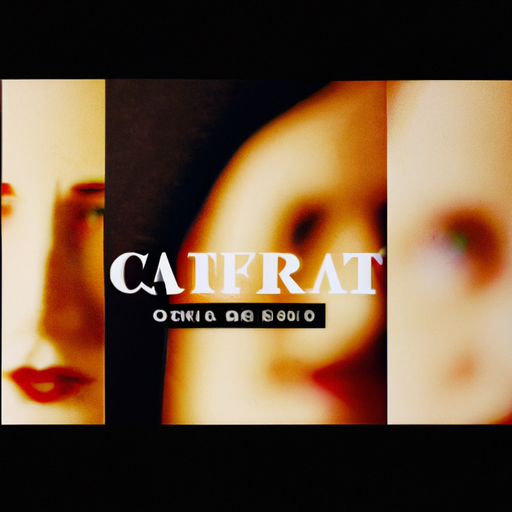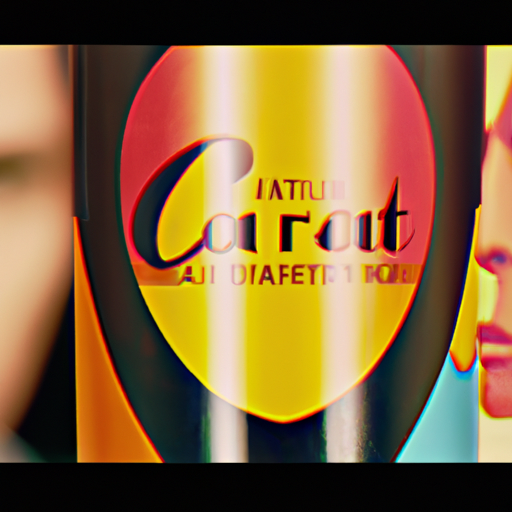
-
Table of Contents
Beer and Wine Label Design: Crafting a Unique Identity

When it comes to beer and wine, taste is undoubtedly the most important factor for consumers. However, in a crowded market, where countless options are vying for attention, the visual appeal of a product can make all the difference. This is where label design plays a crucial role. A well-crafted label not only catches the eye but also communicates the brand’s story, values, and personality. In this article, we will explore the importance of beer and wine label design and how it can help craft a unique identity for these beverages.
The Power of Visual Appeal
Humans are visual creatures, and we are naturally drawn to aesthetically pleasing designs. In fact, studies have shown that people form an opinion about a product within the first 90 seconds, and 62-90% of that assessment is based on color alone. This highlights the significance of label design in capturing consumers’ attention and influencing their purchasing decisions.
Beer and wine labels have the power to evoke emotions, create a sense of anticipation, and convey the quality and uniqueness of the product. A visually appealing label can make a bottle stand out on the shelf, enticing consumers to pick it up and learn more about what’s inside.
Reflecting Brand Identity
A well-designed label goes beyond just catching the eye; it also reflects the brand’s identity and values. Whether it’s a craft brewery or a boutique winery, the label should convey the essence of the brand and resonate with its target audience.
For example, a craft brewery that prides itself on its traditional brewing methods and heritage may opt for a label design that incorporates vintage elements, such as intricate illustrations or classic typography. On the other hand, a modern and innovative winery may choose a minimalist label with clean lines and bold typography to reflect its contemporary approach.
It’s important for breweries and wineries to understand their target market and design labels that appeal to their preferences and aspirations. By doing so, they can establish a strong brand identity and build a loyal customer base.
Telling a Story
Beer and wine labels have the unique opportunity to tell a story. They can transport consumers to the vineyards of a winery or the brewing process of a brewery, creating a sense of connection and authenticity.
One example of a brand that excels in storytelling through label design is “The Lost Abbey,” a California-based brewery. Their labels feature intricate illustrations that depict mythical stories and religious themes, creating a sense of mystery and intrigue. This not only adds depth to the brand but also sparks conversations among consumers, making their beers memorable and shareable.
Similarly, wineries can use label design to showcase the journey from vine to bottle. They can highlight the unique terroir, the winemaking process, or the history of the region. By telling a compelling story, wineries can create an emotional connection with consumers, making them more likely to choose their wines over competitors.
Stand Out on the Shelf
In a crowded market, it’s essential for beer and wine brands to stand out on the shelf. A well-designed label can be the differentiating factor that catches the consumer’s eye and leads to a purchase.
One effective way to stand out is through the use of bold and vibrant colors. Research has shown that colors can evoke specific emotions and associations. For example, warm colors like red and orange can create a sense of excitement and energy, while cool colors like blue and green can convey calmness and freshness.
Another strategy is to use unique and eye-catching illustrations or graphics. These can range from abstract designs to detailed illustrations that reflect the brand’s story or the product’s flavor profile. By using distinctive visuals, brands can create a memorable and recognizable presence on the shelf.
Complying with Regulations
While creativity is important in label design, it’s crucial for beer and wine brands to comply with regulations set by governing bodies. These regulations vary from country to country and often include requirements regarding font size, alcohol content, health warnings, and more.
Failure to comply with these regulations can result in fines, product recalls, or even legal issues. Therefore, it’s essential for breweries and wineries to work closely with designers who are familiar with the industry’s regulations and can ensure that the labels meet all the necessary requirements.
Case Study: Dogfish Head Brewery
Dogfish Head Brewery, based in Delaware, is a prime example of a brand that has successfully crafted a unique identity through label design. Their labels feature bold and colorful illustrations that reflect the brand’s playful and adventurous spirit.
One of their most iconic labels is for their beer “Punkin Ale.” The label showcases a vibrant illustration of a pumpkin-headed figure, capturing the essence of the fall season and the beer’s flavor profile. This label has become instantly recognizable and has helped Dogfish Head Brewery establish a strong brand presence in the market.
Conclusion
Beer and wine label design plays a crucial role in crafting a unique identity for these beverages. A well-designed label not only catches the eye but also reflects the brand’s identity, tells a story, and helps the product stand out on the shelf. By understanding their target market, leveraging the power of visual appeal, and complying with regulations, breweries and wineries can create labels that resonate with consumers and build a loyal customer base.
Remember, the label is the first point of contact between the consumer and the product. It’s an opportunity to make a lasting impression and create a connection. So, next time you reach for a bottle of beer or wine, take a moment to appreciate the thought and creativity that went into its label design.
